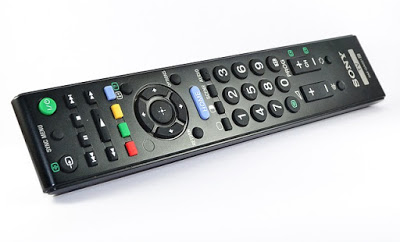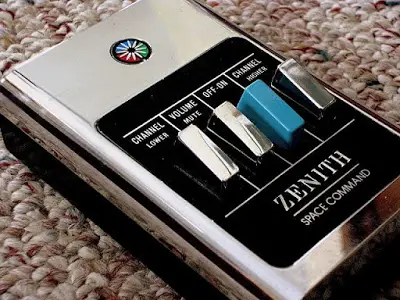 The remote control has become one of the most common pieces of electronic equipment, and it controls things far from just the average television. There are usually many of them at any one time scattered around a home, and the many colored buttons and symbols can make their use daunting, but we can’t seem to live without them. Here’s a look at the remote control’s life so far.
The remote control has become one of the most common pieces of electronic equipment, and it controls things far from just the average television. There are usually many of them at any one time scattered around a home, and the many colored buttons and symbols can make their use daunting, but we can’t seem to live without them. Here’s a look at the remote control’s life so far.
Remote controls are thought of as a device that came about during the beginning age of television, but that isn’t the case. Remote controls actually had their start in the late 1800s. Inventor Nikola Tesla made one of the first remote controls. In 1898 at Madison Square Garden in New York City, Tesla showcased his new invention, which he called “teleautomation”. He used radio waves to control a small boat by using a box that was capable of sending signals to the boat using a telegraph key and a lever. While it wasn’t a commercial success, it demonstrated the capability of controlling things remotely.
In 1903, a Spanish engineer named Leonardo Torres Quevedo took things a step further and demonstrated his “Telekino” at the Paris Academy of Science. It was a robot that followed commands that were transmitted by electromagnetic waves. Quevedo is credited with establishing the basis for wireless remote control.
Things really began to progress for the remote control in the 1930s. In 1932, the first remote controlled airplane was flown, and also in the the 30s, manufacturers of radios began to offer an option for remote control on some of their higher-end models. The first truly wireless remote control that didn’t have a wire attached appeared in 1939–the Philco Mystery Control. It used a low-frequency radio transmitter and was powered by batteries. Throughout the 1940s, remote controls were used for a few other electronic items, by it wasn’t until the 1950s, and the rise in the television, that remote controls began their climb in popularity.
 |
| Todd Ehlers/Wikimedia |
An associate of Polley’s, named Robert Adler, came up with a different version in 1956 that used a completely different means to change the channel. His Space Command Six Hundred remote used ultrasound to change the volume and the channel. When the button on the remote was pushed, it would click as a bar was struck that emitted a specific frequency of sound. Whatever frequency was emitted would correspond to a particular circuit in the television that corresponded to whatever action was wanted, such as changing the channel up or down. This action of this particular remote is why a remote control came to be known as a “clicker”. It was because of the sound they made. This was the method of choice for remote controls until the 1980s when using infrared to control the functions on the television became the norm.
Infrared light remotes use pulses of infrared light from an LED. The LED pulses infrared light in a unique pattern for the button that was pressed. The receiver of the infrared light recognizes the pattern and does its action. It’s as simply as that, but the receivers have to do a little more work when using multi-function controls and have to demodulate and separate the signal coming from the remote.
While the remote control was able to control the television, other devices had to be used with their own remote control. Steve Wozniak, one of the founders of Apple, started a company called CL 9 in the 1980s to create a remote that could control multiple devices. The CORE unit, as it was called, was released in 1987, and while it could control a range of devices, it was difficult for the average user since it required extensive programming. CL 9 eventually went out of business, but two employees of the company started a company called Celadon, which released one of the first computer-controlled remotes that could “learn”.
Today, remote controls are found everywhere, and they control an endless list of devices. Everything from cars, planes, and fans, to drones and armored vehicles. NASA even used remote control to explore the surface of Mars. The largest thing controlled by remote control would have to be the USS Paul F. Foster, a 529-foot, 8,000 ton, US Navy destroyer that is the US Navy’s Self Defense Test Ship. It’s operated remotely to test weapons or maneuverability of a ship, all without someone at the controls. There’s even a really expensive remote control. The Gold RC1, made by a Danish company called Lantic Systems, is made of gold and can control video, audio, closed circuit TV, e-mail, lights, alarms, curtains, and a host of other things. It only costs a little more than $30,000. We’ve really come a long way since that first “clicker”.

